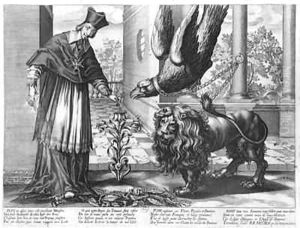Jean Ganiere or Gagniere Paintings
Jean Ganière, also spelled Gagnière, was a French engraver and draftsman born in 1606. Not much is known about his early life and training, but he is recognized for his contributions to the art of engraving in the 17th century. Ganière worked primarily in Paris and is known to have been active between the years 1627 and 1666. His works include portrait engravings, as well as illustrations for books, contributing to the visual culture of his time.
Ganière's style reflects the baroque tendencies of the period, characterized by dramatic contrasts, complex compositions, and a certain grandiosity in the depiction of subjects. He was skilled at translating paintings into engravings, capturing not only the likeness but also the emotional tone of the original works. This skill made him a sought-after engraver for reproducing the works of contemporary painters, thereby aiding in their wider distribution and recognition.
Throughout his career, Ganière created portraits of notable individuals, including French nobility and intellectuals. His engravings served to immortalize these figures and were often used as frontispieces in books and other publications. Additionally, his illustrations for literary and religious texts reflect both his technical skill and his ability to engage with complex thematic material.
Jean Ganière passed away in 1666, leaving behind a body of work that provides insight into the visual and cultural trends of 17th-century France. Although not as widely celebrated as some of his contemporaries, Ganière's contributions to the art of engraving helped to shape the visual legacy of the era and continue to be of interest to collectors and historians of French art.
